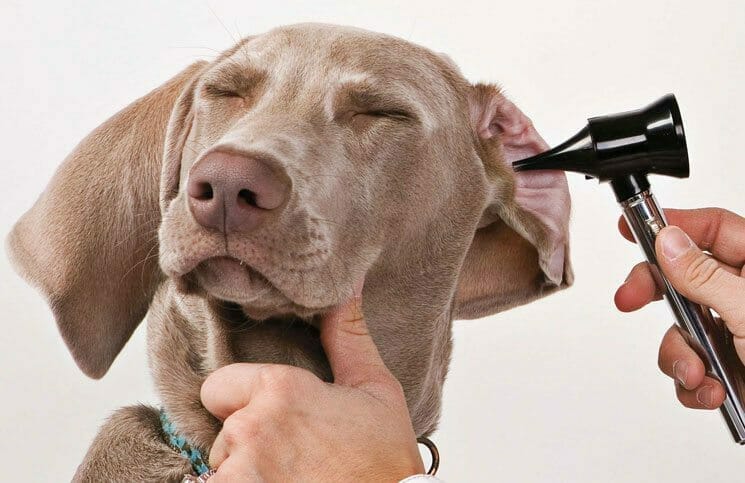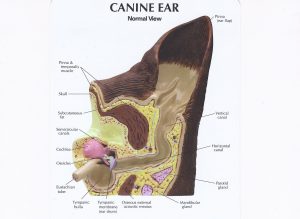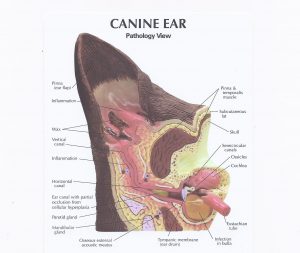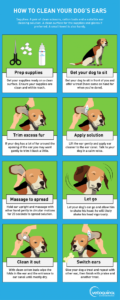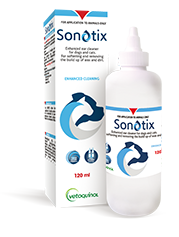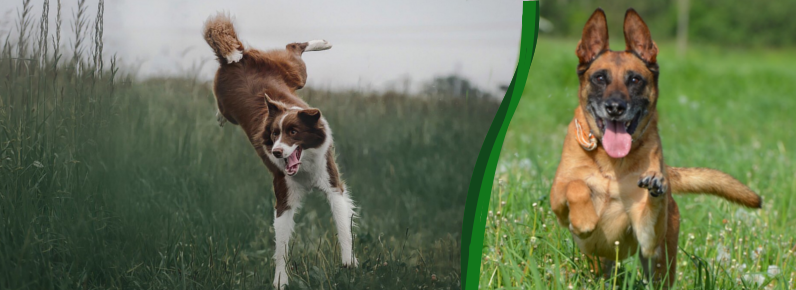
Queensland grasses are quite woody in comparison to southern grass types, as a result, when the whether gets dry after we have had some rain. Grass’s go to “seed” – these seeds are often covered in small spines that allow them to stick to people and pets as they walk in our parks. Without good preventative care grass seeds can sneak their way into your pet’s paws, ears, nostrils, or eyes, and can cause some complicated health problems.
The best cure of course in prevention – after each walk hose brush your pet down with a comb to remove loose seeds and burrs. Then rinse them off with plain old water.
If grass seeds are not removed and are left untreated, they can cause some irritating issues. These can include:-
- ear infections
- abscess formation
- ruptured eardrums
- loss of an eye
- or even an Aural Hematoma.
The most common presentation is an interdigital abscess

Treatment for grass seeds can be extremely complicated and often require an anesthetic.
Prevention is the key! To minimise the risk to your pet, we recommend the following;
- Keep an eye on the length of your grass. Shorter grass is the best way to minimise the risk of grass seeds.
- Check your pet daily for grass seeds. They could be hiding in their coat, toes, eyes, and ears!
- Regularly groom your dog.
- Avoid dry grass areas when taking your dog out.
If you suspect a grass seed might be bothering your pet, it is essential to see a vet as soon as possible to avoid further complications.
Call us on (07) 3357 1588. or book online today.

